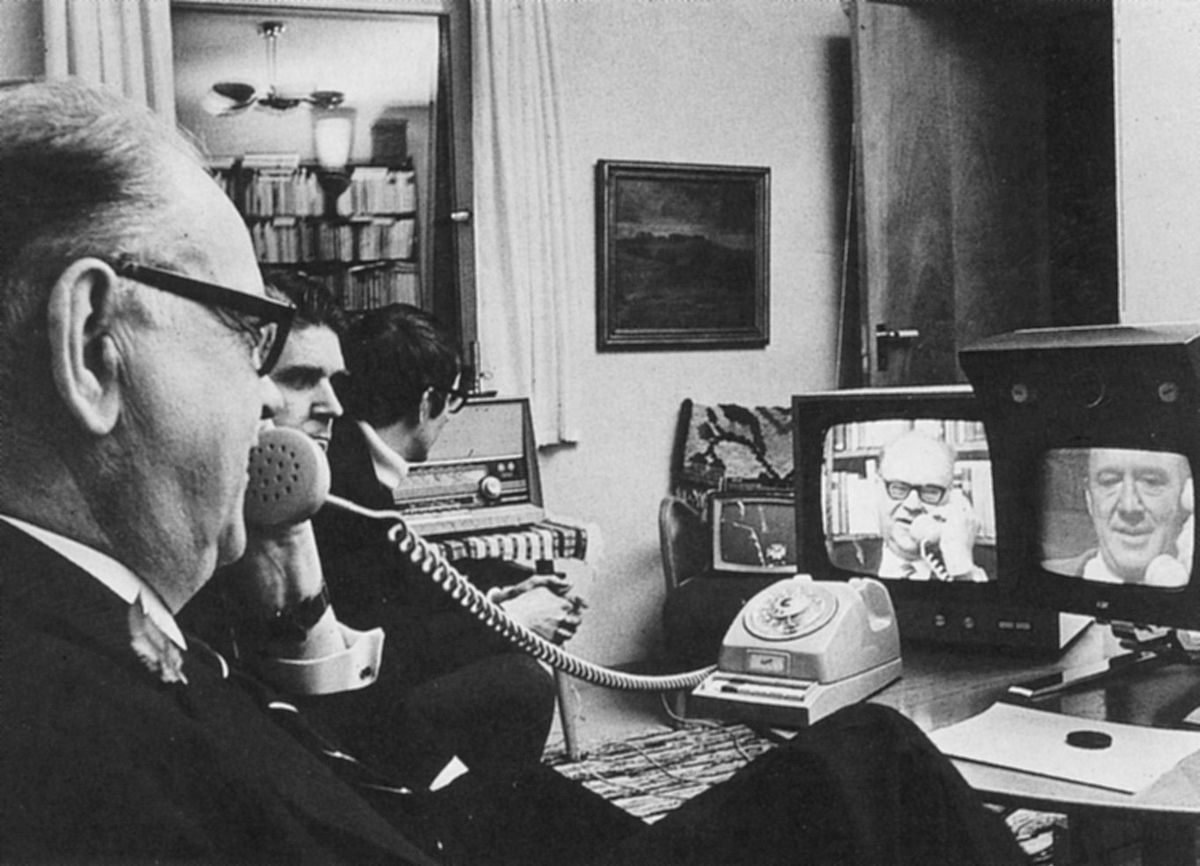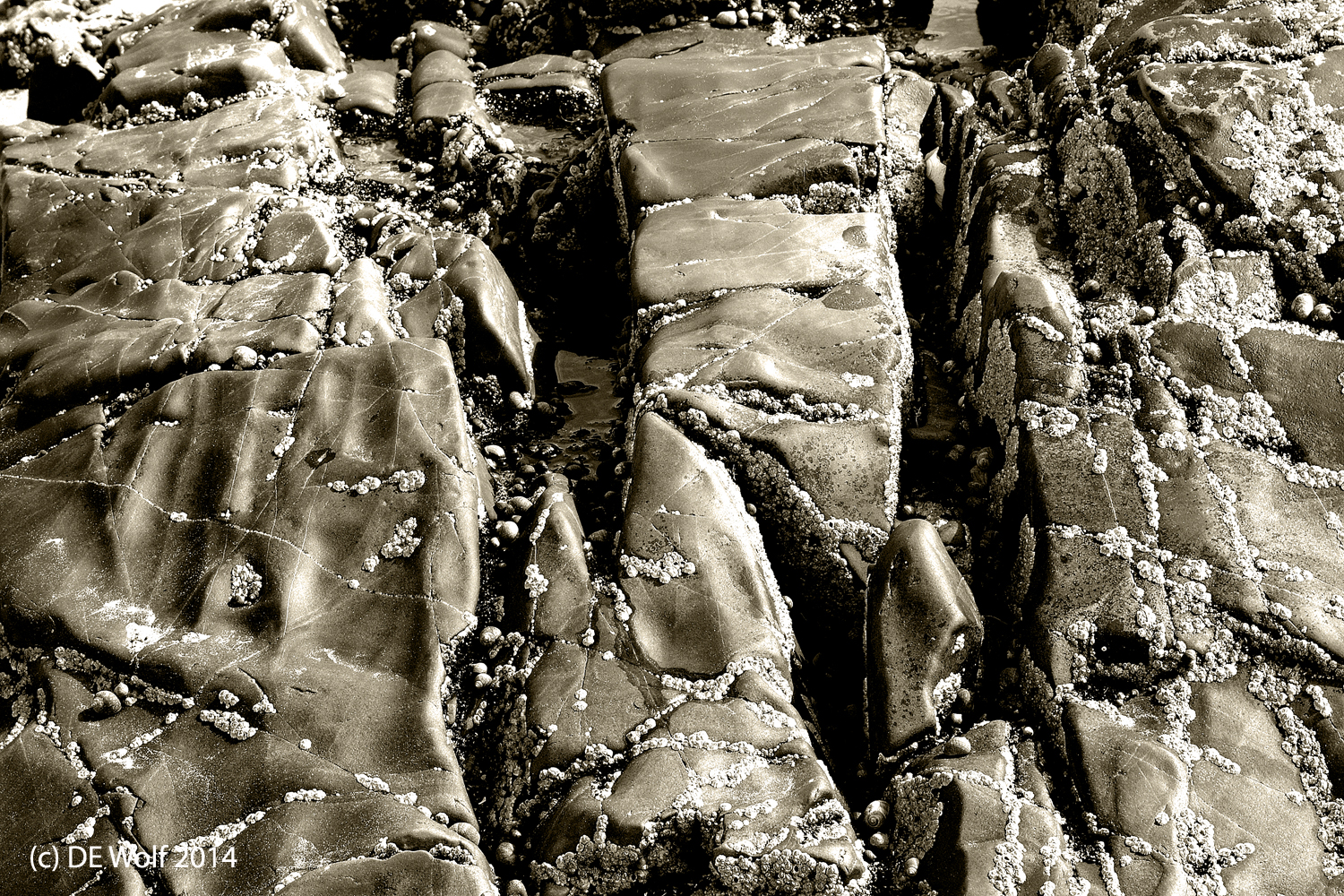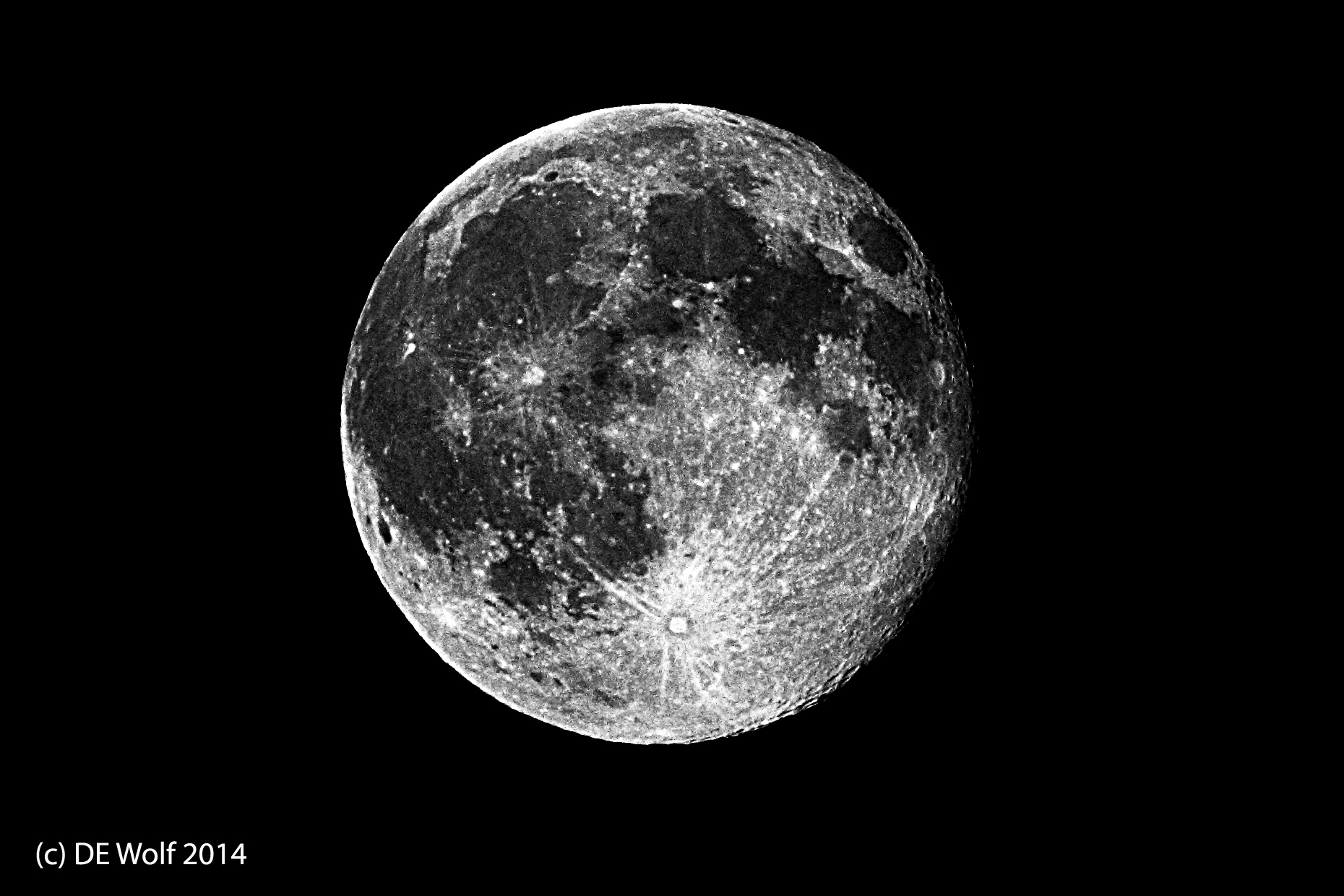
Figure 1 – Swedish Prime MinisterTage Erlander in 1969 using an Ericcson videophone to talk to popular TV show host Lennart Hyland. From the Wikimedia Commons, uploaded by Esquilo, and in the public domain.
I was reading Scientific American last night. They have a long running feature called: “Fifty, One hundred, and One hundred and fifty years ago,” where they talk about what was featured in the magazine during these dates. I’ve been reading that column since I was a boy, when I would read my father’s copy. And here’s the thing, back then it was only “Fifty and a Hundred years ago.” I’m starting to feel a bit dated. And to make matters worse, the “fifty years ago” part is when I started reading it. Ah well, such is the unstoppable, indeed imperturbable flow of time. I guess that I’ll have to accept the fact that pretty soon people are going to be calling me “pops” and offering me seats on the subway, aka “The T.”
What caught my eye last night was a discussion of the ATT Videophone – and the dream of simultaneous video and audio telephone calls – that is one-on-one telephony (videophony?). Remarkably, in 1936 Georg Schubert (1900-1955) launched the world’s first video telephone service in Germany, the Gegensehn-Fernsprechanlagen or visual telephone system. It connected Berlin and Leipzip via dedicated coaxial cable. Those of you with cable TV won’t find this so retro! The technology was based on a system invented by Gunter Krawinkel’s and displayed at the 1929 Internationale Funkausstellung Berlin (Berlin International Radio Exposition). Schubet’s system was mechanical television based on a rotating Nipkow disk scanning a 20 cm square display at a resolution of 180 lines – so 30 lines per inch. Come on, that’s pretty respectable for 1936. It transmitted ~ 40,000 pixels per frame at 25 frames per second. Eventually there were 1000 km of coaxial cable in the German system with the videophones located in public phone booths.
During the 1950’s and ’60’s AT&T‘s Bell Labs spent close to $500M on research, product development, and public demonstrations of it’s videophone technology. The Picturephone Mod I’s was promoted both at Disneyland and at the 1964 New York World’s Fair (Those of my generation may remember the jingle “part of the fun of the World’s Fair is the subway special that gets you there.” Well, maybe not so much). The first transcontinental videocall was made on April 20, 1964.
Well fast forward, and here we are in 2014. We have achieved our videophone with teleconferencing, Skype, and Facetime. Somehow, for once, it seems that Joni Mitchell was right in her song “The Circle Game.” “His dreams have lost some grandeur coming true.” We love our cell phones. We love sharing videos, even livestreaming to our friends from concerts and events. We adore the immediacy of photography with these gadgets. But videophones? Well yes, I know people who use them. I even use them myself sometimes. But the truth is that with video conferencing, when my Skype video goes down, I’m just as happy with voice only, as long as I can share PowerPoint presentations and documents. It’s not just an issue of unreliability or lack of bandwidth. It’s a dimension that surprisingly we don’t seem to really need.
I know that people will disagree with me on this one. The kids like to “see” mom or dad on a business trip. But for me it’s all kind of a big yawn. “Calling Captain Video, wherever you are.“



